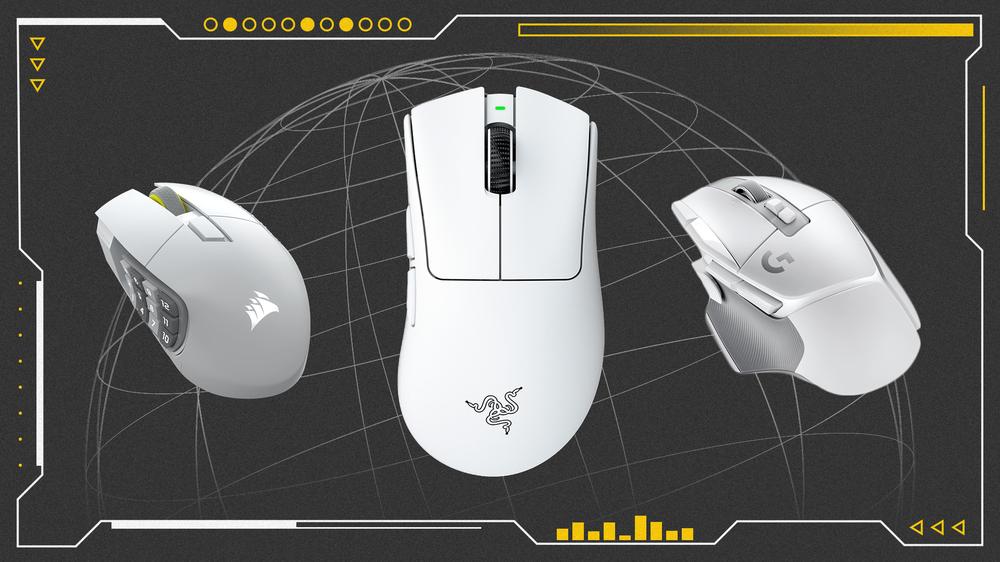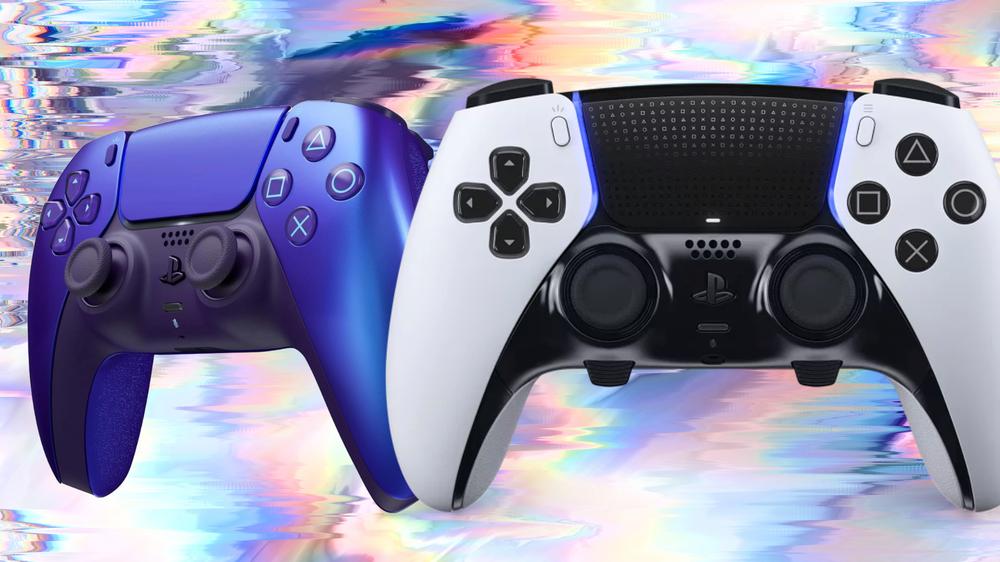When it comes to gaming mice, the choices are almost endless. Unlike grabbing a headset where the best pick is usually clearer, picking a mouse often comes down to what feels right in your hand. Sure, some models are flat-out better thanks to things like build quality or performance, but it really depends on whether you care more about weight, grip, button placement, or even the kind of games you sink your time into. With that in mind, I’ve sorted my top recommendations into neat categories so you can zero in on the mouse that suits you best.
Enough preamble, though. Let's get into the guide, so I can run through my hands-on time with each option and explain why they shine in their chosen lane.
TL;DR – These Are the Best Gaming Mice
This guide contains contributions by Michael Higham, Danielle Abraham and Samuel Horti.
Best Overall Gaming Mouse
Best Budget Gaming Mouse
Best Budget Wireless Gaming Mouse
Best Wired Gaming Mouse
Best Wireless Gaming Mouse
Best MMO/MOBA Gaming Mouse
Most Versatile Gaming Mouse
Best Small Gaming Mouse
Best Lightweight Gaming Mouse
Best Ergonomic Gaming Mouse
How do you determine what makes a good gaming mouse?
Figuring out what makes a gaming mouse good isn’t as clear-cut as it sounds. A lot of it boils down to personal preference and what you need it to do. I wouldn’t suggest the Viper V3 Pro to someone after a compact all-rounder, but for someone grinding Valorant ladders it’s spot on. Over years of testing mice, I’ve picked up on the subtle differences between models and how those details shape the overall experience.
The first thing to lock in is your grip style: palm, claw, or fingertip. Bigger mice usually suit palm grips, while smaller, lighter ones are better for fingertip. If you like deep grooves to rest your thumb and pinky, an ergonomic model will feel best. If you care more about speed and flicking, a featherweight mouse is the way to go. Some shapes are symmetrical and lefty-friendly, while right-handed builds hug the hand more naturally.
Click feel is another factor. Switches vary a lot, and while some are squishy, others are crisp and tactile. The latter are generally better for quick firing in shooters or heavy clicking in MOBAs. Side buttons deserve attention too. Two is standard, but their shape and placement can make or break usability. Models like the Logitech G502 or Corsair Scimitar Elite add extra buttons for productivity or MMO play, though they sacrifice a bit of speed.
Then there’s the sensor. Pretty much every modern gaming mouse has an excellent optical sensor, so tracking accuracy isn’t the worry it once was. High DPI numbers sound impressive, but past a certain point it’s marketing fluff rather than a practical advantage.
What’s the deal with high polling rate on gaming mice?
Most gaming mice these days ship with a 1000 Hz polling rate, meaning they send updates to your PC every single millisecond. For the average player, that’s already lightning fast. Lately though, esports has pushed a new trend: ultra-high polling rates that go all the way up to 8000 Hz. Top-end models like the Razer Viper V3 Pro and Asus Keris II Ace let you switch between 1000, 2000, 4000, and 8000 Hz. It’s a neat technical leap, but the benefits only show up in certain scenarios.
Polling Rate
Response Time
Battery Life*
1000 Hz
1 ms
100 hours
2000 Hz
0.5 ms
70 hours
4000 Hz
0.25 ms
40 hours
8000 Hz
0.125 ms
20 hours
* General range using the Razer DeathAdder V3 HyperSpeed as an example.
Polling rate isn’t about chopping down latency so much as upping how often your mouse reports its movements. The higher the rate, the more granular those tiny motions get tracked, which can translate to smoother control. In simple terms, it’s the number of times per second your mouse tells your PC what it’s doing.
That said, the rest of your setup has to be able to keep pace. Resolution and refresh rate both play a big part here. At higher resolutions, those extra data points matter more, while a fast display (144 Hz or above) helps actually show the difference. Of course, you’ll also need the frame rates to match, which means a strong enough PC to push them. Without that full chain, the jump in polling rate won’t make much of a noticeable impact
Sometimes it feels like tech is just chasing bigger numbers, but I do notice a difference when the polling rate is higher, provided the right conditions are in place. In esports, even the smallest advantage can end up making a real impact.
Should I go wired or wireless for a gaming mouse?
These days, wireless mice have come so far that most folks would struggle to spot any difference in input delay compared to a wired one. The trusty 2.4 GHz receiver has become the norm across brands, which means performance is fairly even no matter whose logo is stamped on the shell. Companies love to slap on flashy names like Razer HyperSpeed or Logitech Lightspeed, and to be fair, those setups are genuinely quick. Plenty of models also toss in Bluetooth for the sake of convenience at work or on the couch, but if you fire that up during a sweaty gaming session, you’ll only be slowing yourself down.
Battery life has also levelled up big time. Manufacturer numbers tend to assume perfect conditions, but even with RGB cranked up and the latest sensors chewing through power, you can usually squeeze out days of play before needing a top-up. When the juice runs low, a USB-C cable sorts things out and lets you keep going as if it were a wired mouse. Do keep in mind though, the higher the polling rate, the more energy your mouse burns since it’s working overtime to keep up.
For the big-name releases, you’ll often find both wired and wireless versions, like with the DeathAdder V3 or Scimitar Elite. Naturally, the wireless ones hit the wallet harder. If freedom from cables isn’t a must-have, a wired model will save you some coin. One last wrinkle - the fancier polling rates are locked to wireless models at the moment, and that shiny spec bump usually carries an extra charge on the price tag.

 The Best PS5 Controllers Available in 2025
The Best PS5 Controllers Available in 2025